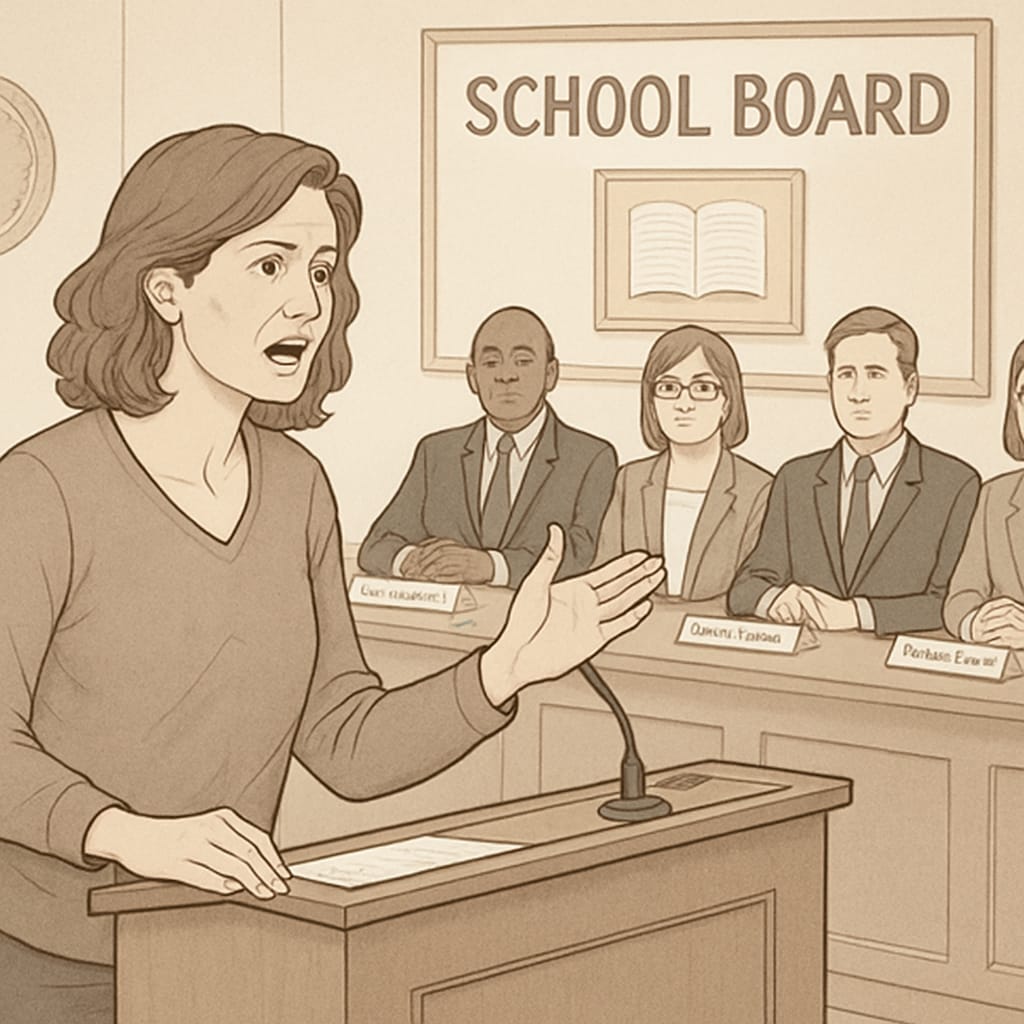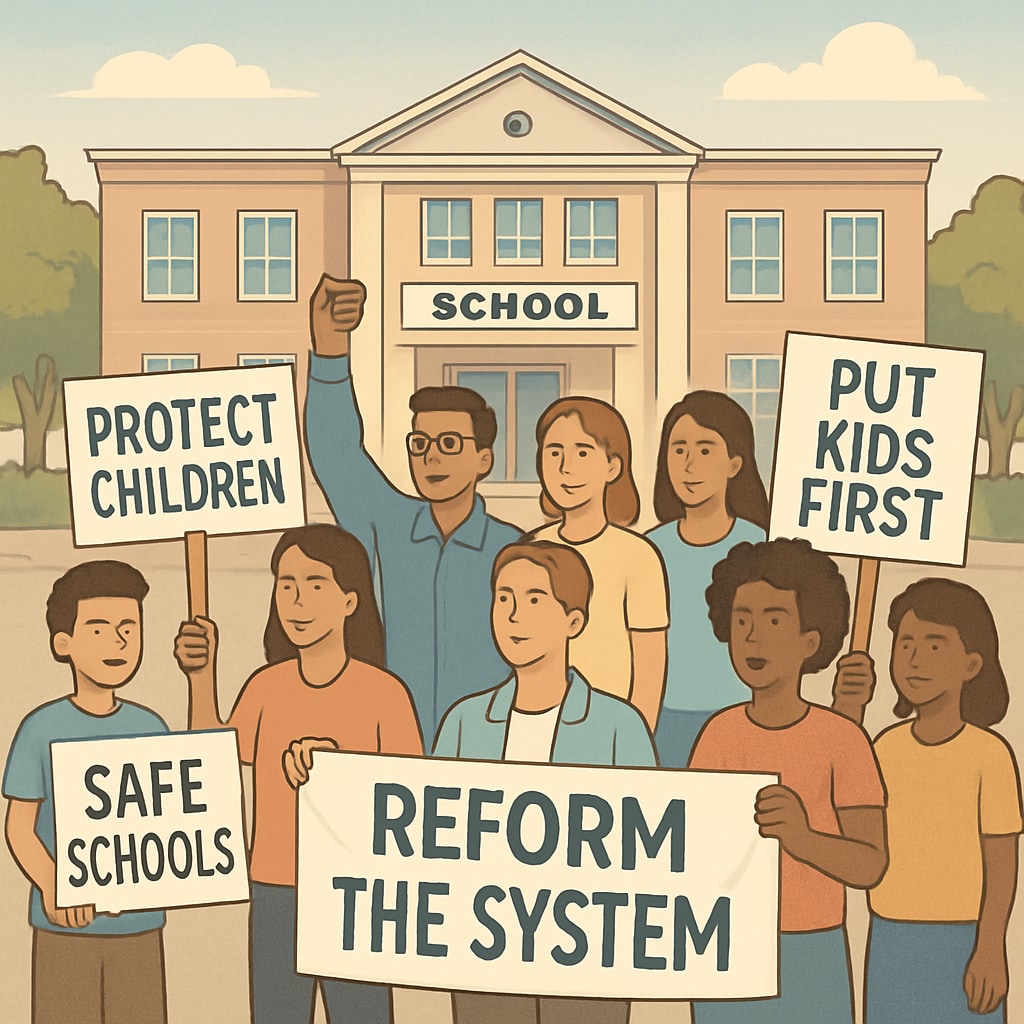Ensuring the safety of children in schools is a top priority for every community. However, situations can arise where members of the school board are found to have a history of child abuse. This alarming scenario calls for immediate and decisive action. In this article, we will explore how parents and residents can unite through legal action, community organization, and public oversight to remove school board members with a history of child abuse.
Understanding the Legal Framework for Removing Board Members
The first step in addressing this issue is to understand the legal avenues available for removing a school board member with a child abuse history. Many jurisdictions have laws or regulations that allow for the dismissal of board members under specific conditions, including criminal records.
- Background Checks: Most school districts require background checks for board members. If the individual’s history was missed or overlooked, presenting this information to the appropriate authorities can initiate removal proceedings.
- Legal Petitions: In some cases, community members can file petitions or request formal hearings to address the issue. This process may involve gathering evidence and presenting a unified front.
- State Oversight: Many states have education departments or ethics boards that oversee school governance. Reporting the situation to these bodies can expedite the removal process.
For details on the legal standards for school boards, you can refer to this resource on school boards on Britannica.

Mobilizing Community Action to Ensure Accountability
Legal action alone may not be enough; community involvement plays a critical role in addressing this issue. Mobilizing parents, teachers, and residents can create the pressure needed to ensure swift action. Here are some effective strategies:
- Organize Meetings: Host community forums to discuss the issue and educate others about the risks associated with inaction.
- Collect Signatures: A petition signed by a significant number of parents and residents can signal to authorities that this is a serious concern.
- Engage the Media: Partnering with local news outlets can amplify the message, increasing public awareness and holding decision-makers accountable.
Grassroots efforts often gain momentum when they are focused and consistent. For instance, involving local advocacy groups can provide additional resources and expertise.
Using Public Oversight to Maintain Pressure
Even after legal and community actions are initiated, maintaining public oversight ensures transparency and accountability. Here’s how oversight can be achieved:
- Attend Board Meetings: Regularly attending and speaking at school board meetings keeps the issue in the spotlight.
- Monitor Progress: Follow up with relevant authorities to ensure that removal processes are not delayed or obstructed.
- Social Media Campaigns: Platforms like Facebook and Twitter can be used to keep the community informed and engaged.
Public oversight is a long-term commitment. It ensures that school boards remain free of individuals who pose risks to children’s safety.

Conclusion: Prioritizing Children’s Safety
Removing a school board member with a history of child abuse is a challenging but crucial task. By leveraging legal avenues, organizing community action, and maintaining public oversight, parents and residents can ensure that children’s safety is never compromised. Remember, protecting our schools is a collective responsibility, and every effort counts toward building a safer environment for the next generation.
Readability guidance: The article uses short paragraphs, incorporates lists to summarize key points, and includes transitional phrases for better flow. Images are strategically placed to enhance engagement and align with the content.


